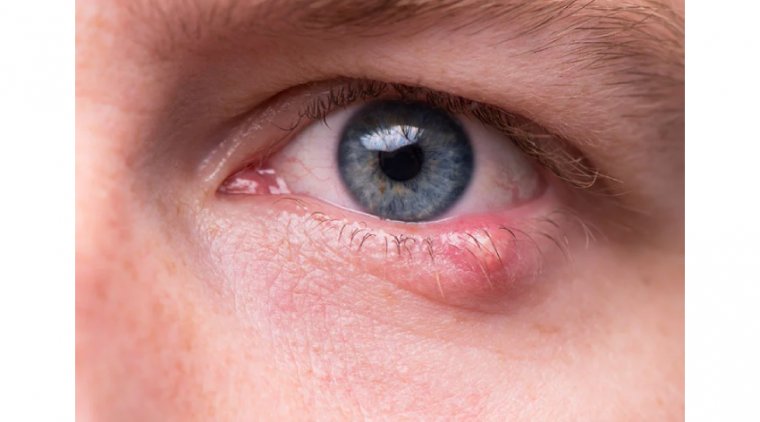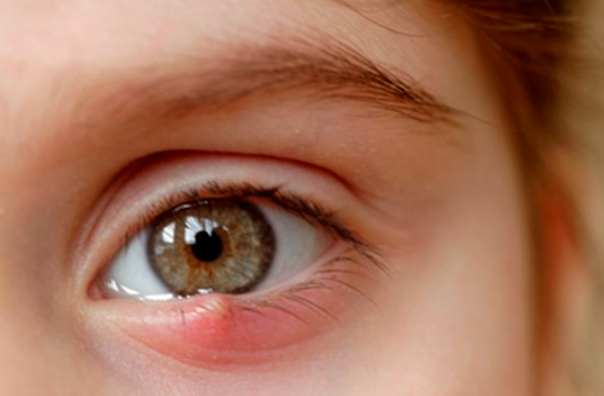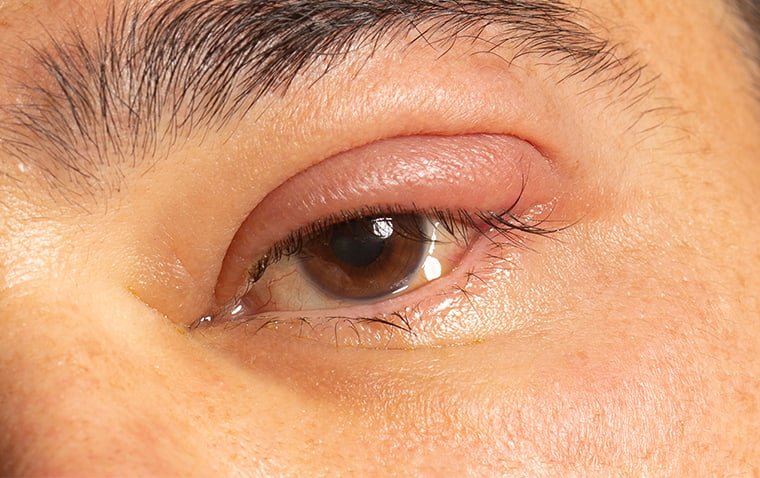
Styes: More Than Just a Bump on Your Eyelid
What Is a Stye?
A stye, also known as a hordeolum, is a common eye condition that affects the eyelid. It is a small, painful lump that develops at the base of an eyelash or inside the eyelid. Styes are usually harmless and can occur in people of all ages.
What Causes a Stye?
A stye is usually caused by a bacterial infection. The bacteria can enter the hair follicles of the eyelashes or the oil glands in the eyelids, causing them to become inflamed. Poor hygiene, such as touching the eyes with dirty hands, can increase the risk of developing a stye. Additionally, stress, hormonal changes, and underlying medical conditions, such as rosacea and diabetes, can also increase the risk of developing a stye.
Who Is At Risk for Styes?
Styes are common and can happen to anyone, but some people may be at higher risk than others. Here are some factors that may increase the risk of developing a stye:
1. Poor hygiene: Poor hygiene, particularly around the eyes, can increase the risk of developing a stye. This includes not washing the face and eyes regularly, touching the eyes with dirty hands, and using old or contaminated makeup.
2. Skin conditions: People with skin conditions such as rosacea, seborrhea, and eczema may be more prone to developing styes.
3. Contact lenses: Wearing contact lenses, especially if they are not cleaned properly or are worn for an extended period, can increase the risk of styes.
4. Stress: Stress can weaken the immune system, making it easier for infections to occur.
5. Certain medical conditions: People with certain medical conditions, such as diabetes or chronic blepharitis, may be more susceptible to styes.
Symptoms of a Stye
The symptoms of a stye can vary from person to person. The most common symptoms include:
● A painful, red bump on the eyelid
● Swelling and tenderness around the affected area
● Discomfort when blinking
● Sensitivity to light
● Excessive tearing
● Crusting around the eyelid

Chalazion vs Stye: What’s the Difference?
A chalazion is another type of eyelid lump that is often confused with a stye. While a stye is caused by a bacterial infection, a chalazion is caused by a blockage in the oil gland of the eyelid. Unlike a stye, a chalazion is usually painless and can develop slowly over time. The lump may be visible on the eyelid, but it is often located inside the eyelid. Treatment for a chalazion is similar to that for a stye, but it may take longer to heal.
Stye Treatment
Most styes will go away on their own within a few days or weeks. However, there are some things you can do to speed up the healing process and relieve the symptoms. These include:
1. Warm Compress: Applying a warm compress to the affected eye can help to increase blood flow and reduce inflammation, which can speed up the healing process. Soak a clean washcloth in warm water, wring out excess water, and apply it to your eye for 10-15 minutes several times a day.
2. Good Hygiene: Keep the area clean and avoid touching or rubbing your eye, as this can spread the infection. Wash your hands frequently and avoid sharing towels or other personal items with others.
3. Over-the-Counter Medications: Over-the-counter (OTC) pain relievers such as ibuprofen or acetaminophen can help to relieve pain and reduce inflammation.
4. Antibiotics: If your stye is severe or doesn't improve with home remedies, your doctor may prescribe antibiotic eye drops or ointments to treat the infection. Antibiotics can help to kill the bacteria causing the infection and prevent it from spreading to other parts of the eye.
5. Drainage: In some cases, a doctor may need to drain the stye to help it heal faster. This procedure involves making a small incision in the stye to drain the pus.
6. Surgery: If you have recurrent styes or a large stye that doesn't respond to other treatments, your doctor may recommend surgery to remove the affected eyelid tissue.
To Conclude…
Styes are a common eye infection that can be uncomfortable and sometimes painful. While they are typically not serious and will go away on their own within a week or two, proper care and treatment can help to alleviate discomfort and speed up the healing process. Warm compresses, good hygiene, and over-the-counter pain relievers can help to relieve symptoms, and in some cases, antibiotics or surgical drainage may be necessary.
It's important to take steps to prevent the spread of infection and to seek medical attention if your stye is severe or does not improve with home remedies. With the right care and treatment, most people can recover from a stye without complications and get back to their daily routine.
(1).jpg)










